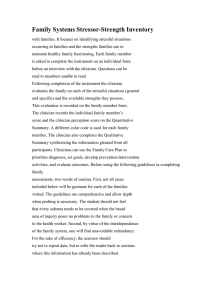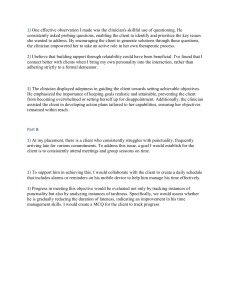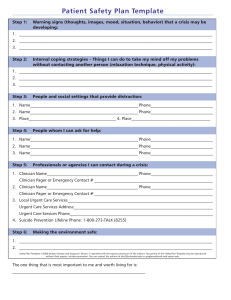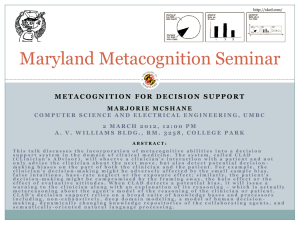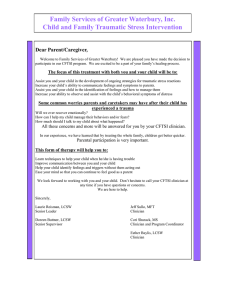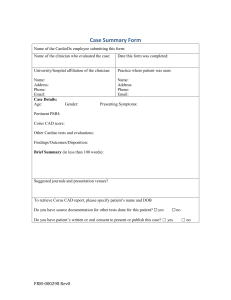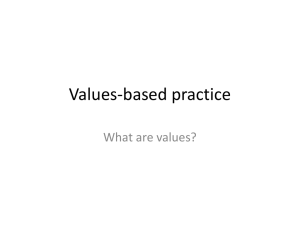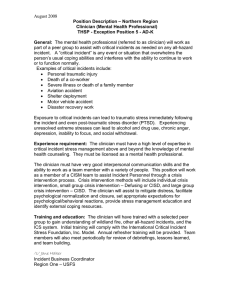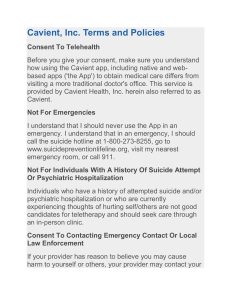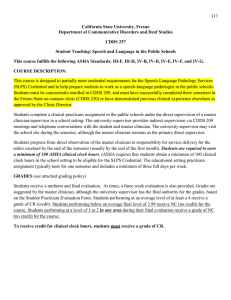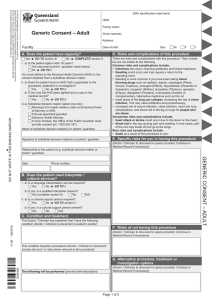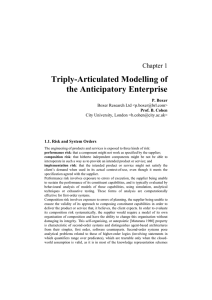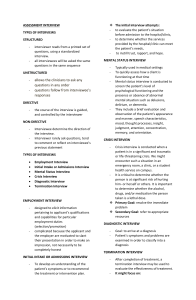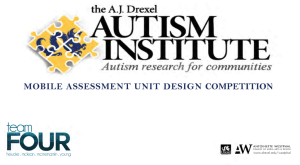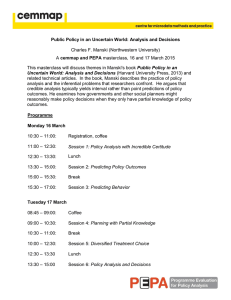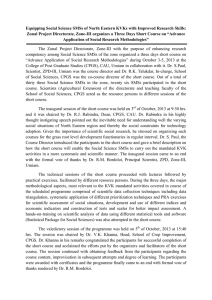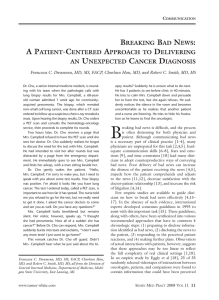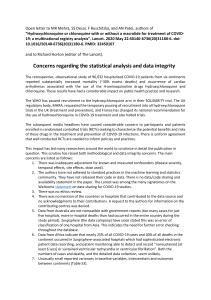Diagnostic testing and treatment under ambiguity: Using decision analysis to inform clinical practice
advertisement
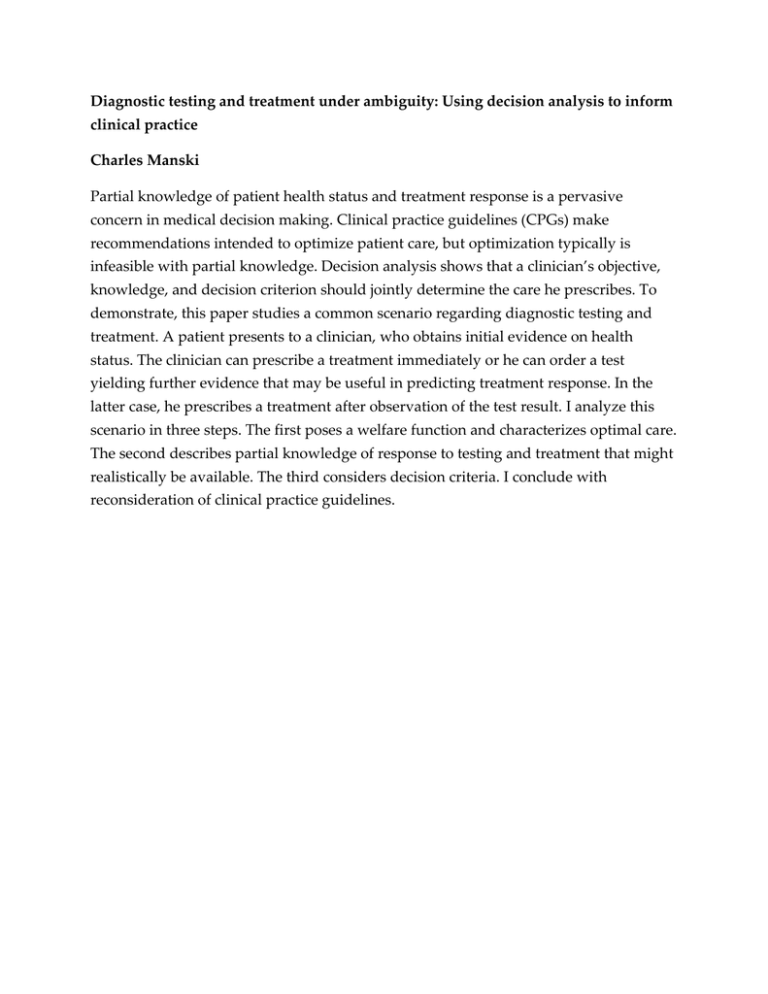
Diagnostic testing and treatment under ambiguity: Using decision analysis to inform clinical practice Charles Manski Partial knowledge of patient health status and treatment response is a pervasive concern in medical decision making. Clinical practice guidelines (CPGs) make recommendations intended to optimize patient care, but optimization typically is infeasible with partial knowledge. Decision analysis shows that a clinician’s objective, knowledge, and decision criterion should jointly determine the care he prescribes. To demonstrate, this paper studies a common scenario regarding diagnostic testing and treatment. A patient presents to a clinician, who obtains initial evidence on health status. The clinician can prescribe a treatment immediately or he can order a test yielding further evidence that may be useful in predicting treatment response. In the latter case, he prescribes a treatment after observation of the test result. I analyze this scenario in three steps. The first poses a welfare function and characterizes optimal care. The second describes partial knowledge of response to testing and treatment that might realistically be available. The third considers decision criteria. I conclude with reconsideration of clinical practice guidelines.
